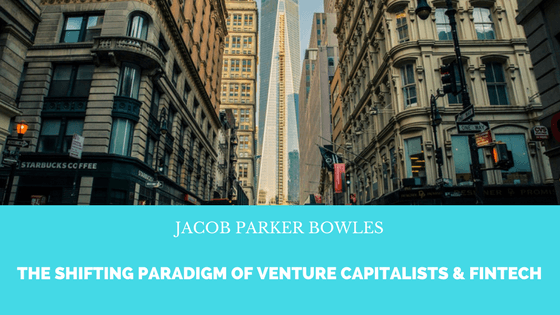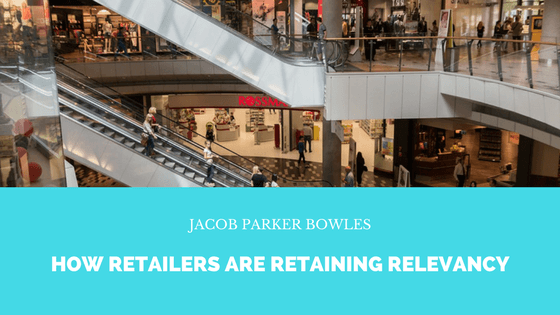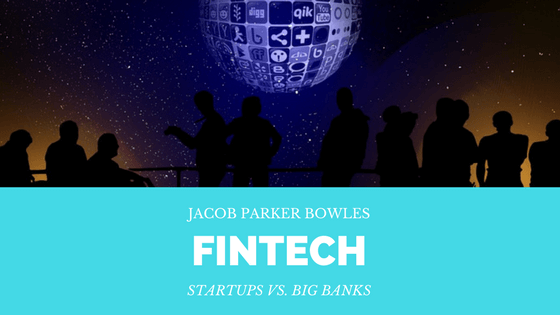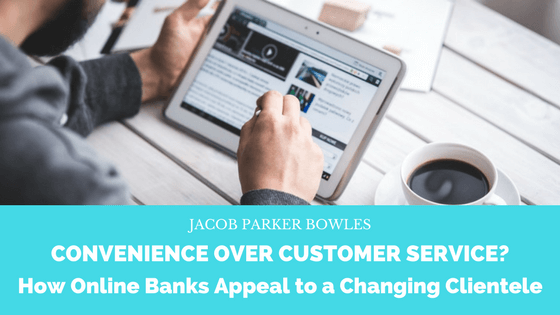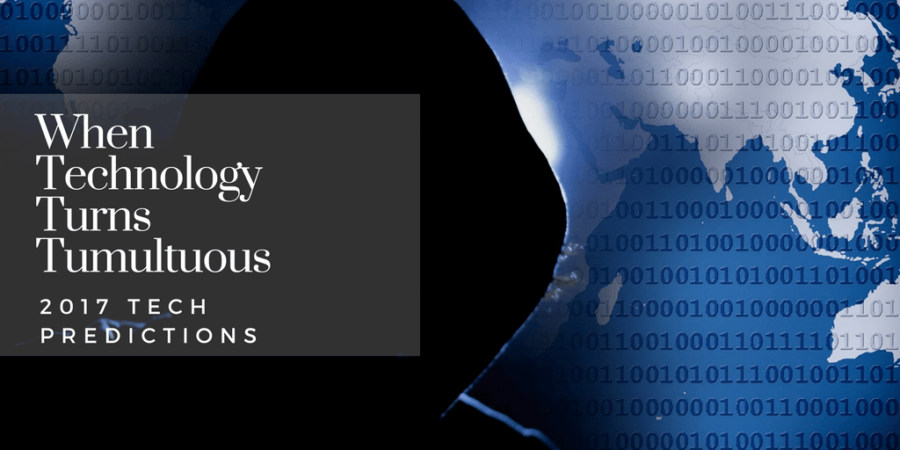Most people have heard of cryptocurrencies by now. Bitcoin and Ethereum are two prominent examples of this type of currency. Crypto is designed to be secure. It utilizes blockchain technology to create a secure record of transactions. Many people invest in crypto by trading through marketplaces, much like traditional ForEx markets. Of course, it’s also used for transactions. Cryptocurrency has the advantage of being anonymous. It’s very difficult to trace. Famously, this intense focus on security has made it very popular on the dark web.
Cryptocurrency is created through a process called mining. Miners also add new transactions to the ends of blockchains. Working as a cryptocurrency miner requires some seriously powerful computer technology. Traditionally, powerful graphics cards have been needed to conduct an effective cryptocurrency mining operation. Miners also need to be very proficient at math. It’s a competitive field, and being able to solve problems more quickly than other miners is essential to success.
These days, miners tend to work in large teams. It wasn’t always this way. It used to be fairly easy for an individual miner to get set up. In fact, in the beginning, there was really no financial reward for creating new blocks in a chain. The people who did this work simply believed in cryptocurrencies. Over the years, some big investors have been getting involved in the mining space. This includes big high street banks. Individuals have had to form larger groups in the hope of competing with these large groups.
The financial rewards of cryptocurrency mining are sizable. A newly-mined block can be worth up to 12.5 bitcoin. That’s quite a bit of money. Each new block needs to contain data proving that the miner who’s claiming it actually did create it. Essentially, they must show their work in solving the mathematical problems in order to get the reward. This is still a fairly wild marketplace. Japan has started regulating crypto, but only lightly, In other countries, there are still no rules.
It’s expected that this will change in the near future. For one thing, investors risk being burned and losing large sums of money. For another, it’s highly likely that governments will want to start collecting taxes on the capital gains associated with cryptocurrency transactions.




